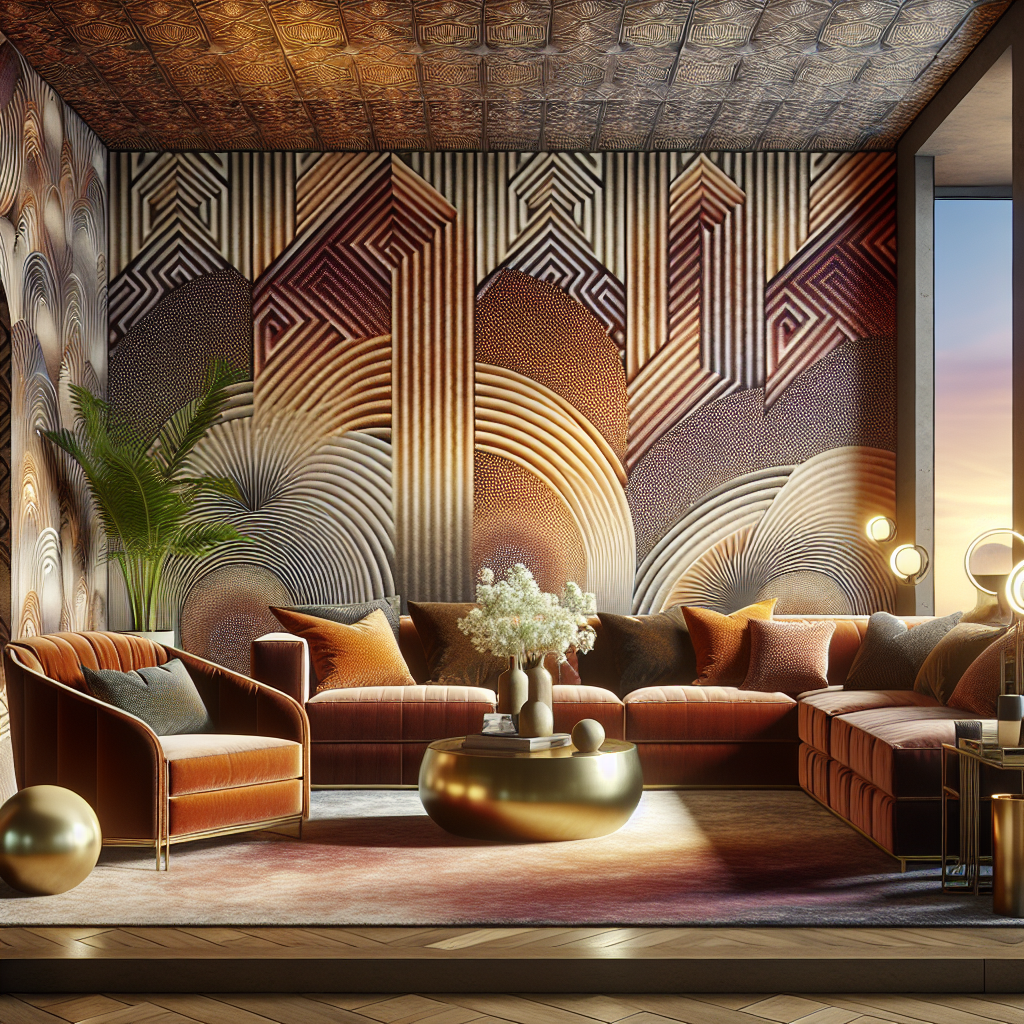The path to net zero for the fields of design and architecture without impacting these creative industries?

Net Zero: Achieving Environmental Sustainability in Design and Architecture
The world is facing an environmental crisis. The need for sustainable practices in the fields of design and architecture has never been more urgent. With the world’s population continuing to grow, and resources becoming increasingly scarce, it is essential that we find ways to reduce our environmental impact. Net zero is an important step in this direction. But how can we achieve net zero without compromising the creative industries of design and architecture?
What is Net Zero?
Net zero is a concept that seeks to reduce the amount of carbon emissions produced by a given activity. It is a goal that many businesses and governments are striving to achieve. In essence, it means that any emissions produced by an activity are offset by other activities that reduce or eliminate those emissions. For example, a company might install solar panels to generate electricity, thus offsetting the emissions produced by their other activities.
The Challenges of Achieving Net Zero in Design and Architecture
Achieving net zero in the fields of design and architecture is no easy task. These industries rely heavily on energy-intensive processes such as heating, cooling, and lighting. In addition, many materials used in design and architecture are not always sustainably sourced. Furthermore, the construction process itself can be energy-intensive and polluting.
The Benefits of Achieving Net Zero in Design and Architecture
Despite the challenges, there are many benefits to achieving net zero in design and architecture. For one, it can reduce the cost of construction and operation. By reducing energy consumption, businesses can save money on their energy bills. In addition, net zero buildings are more efficient and comfortable for occupants. They also provide a healthier environment, as they reduce the amount of pollutants in the air.
How to Achieve Net Zero in Design and Architecture
There are several steps that can be taken to achieve net zero in design and architecture. The first is to reduce energy consumption. This can be done by using energy-efficient materials and technologies, such as LED lighting and efficient heating and cooling systems. Additionally, businesses can invest in renewable energy sources, such as solar and wind power.
Another important step is to use sustainable materials. This means using materials that are sourced responsibly and have minimal environmental impact. For example, using recycled materials or sustainably sourced wood can reduce the amount of resources used in construction.
Finally, businesses should consider the lifecycle of their buildings. This means taking into account the entire lifespan of the building, from construction to demolition. By doing so, businesses can ensure that their buildings are as energy-efficient and sustainable as possible.
Conclusion
Achieving net zero in design and architecture is an important step towards creating a more sustainable future. By reducing energy consumption, using sustainable materials, and considering the lifecycle of their buildings, businesses can reduce their environmental impact and save money in the long run. Net zero is a goal that can be achieved, but it requires commitment and dedication from businesses and governments alike.





